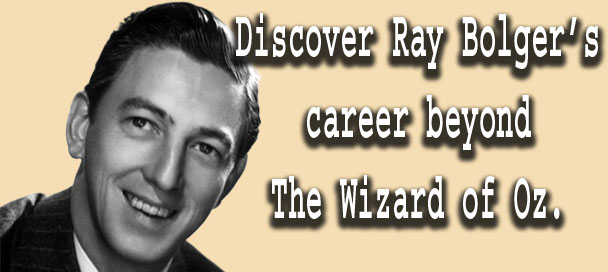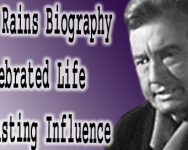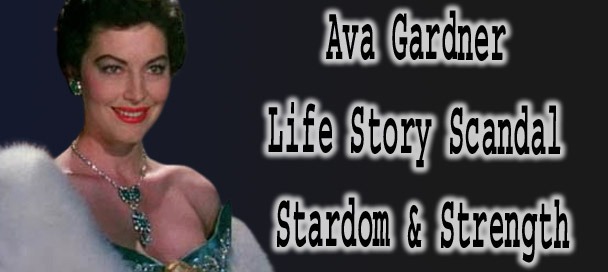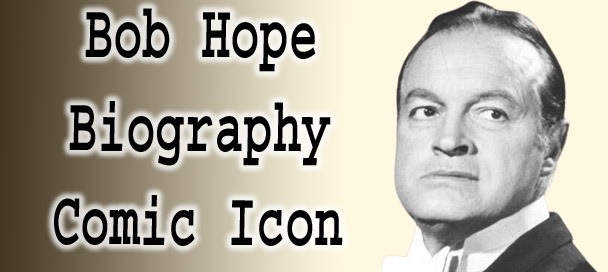🌟 Farrah Fawcett: America’s Golden Girl with a Rebel Flame
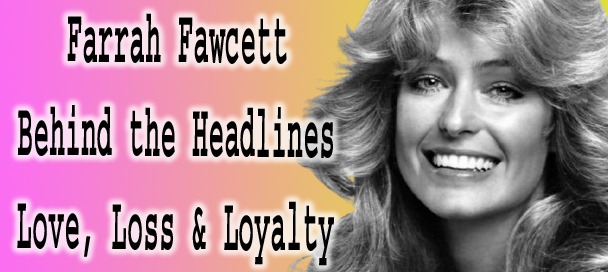
Farrah Fawcett on set in the 1970s with her trademark smile and hairstyle
Few stars have captured the cultural imagination quite like Farrah Fawcett. With her million-watt smile, iconic feathered hair, and magnetic screen presence, she became a symbol of 1970s beauty and independence almost overnight. But beneath the poster-girl image was a complex, fiercely determined actress who defied expectations at every turn choosing grit over glamour when it counted most.
Farrah Fawcett was an emblematic American actress and pinup icon who shot to fame as Jill Munroe in the original Charlie’s Angels, and later earned praise as a dramatic star in TV films like The Burning Bed and Small Sacrifices.
Farrah’s breakthrough came with Charlie’s Angels, where her role as Jill Munroe catapulted her to superstardom. Overnight, she went from Texas-born unknown to one of the most recognizable faces in the world. Yet despite the global fame, Fawcett was never content to play it safe. After just one season, she made the bold decision to walk away from the show that made her famous triggering both legal battles and critical reevaluation.
Her early success as a sex symbol belied the seriousness of her craft. Farrah fought hard to be taken seriously in dramatic roles, shedding the bubbly blonde persona in favor of challenging characters that revealed her depth. With performances that earned her critical acclaim and later, award nominations she gradually redefined how both audiences and the industry viewed her.
Through it all, Farrah Fawcett remained a public figure of fascination. Whether on red carpets, in courtroom dramas, or tackling roles that addressed domestic abuse and mental illness, she exuded both vulnerability and strength. Her journey from pin-up to powerhouse wasn’t just about fame it was about fighting for the right to be more than an image.
Farrah was the face of a generation her red swimsuit poster sold millions, defining 1970s beauty. Yet she walked away from that fame to prove herself as a serious actor, winning critical praise for roles that wrestled with real pain, power, and survival.
👶 Early Life
Farrah Leni Fawcett was born on February 2, 1947, in Corpus Christi, Texas. The younger of two daughters, she grew up in a traditional Catholic household where southern charm and discipline went hand in hand. Her father, James Fawcett, was an oil field contractor, while her mother, Pauline, was a homemaker who recognized early on that Farrah had a spark that set her apart.
In high school, Farrah was popular, athletic, and naturally photogenic qualities that soon earned her a spot on a list of “Ten Most Beautiful Coeds” at the University of Texas at Austin. Though she initially studied microbiology, modeling offers began pouring in, slowly steering her away from labs and lectures toward cameras and casting calls. Her image landed in magazines long before she ever spoke a word on screen.
Farrah left Texas for Los Angeles in the late 1960s with no formal acting training but an abundance of charisma. Early on, she booked commercials most famously for Wella Balsam shampoo which helped her build a name and open doors into television. She had a gentle confidence about her, and even before she landed major roles, casting directors knew they were looking at someone with serious star potential.
Despite Farrah Fawcett’s wholesome exterior, Farrah had an independent streak that clashed with the era’s expectations. She wasn’t content to just smile and pose she wanted to perform, to challenge herself, and to take risks. This blend of down-home charm and quiet rebellion would shape every step of her career from that point forward.
Explore the Biographies of Iconic Celebrities
🎬 Career in Film & Television – More Than Just an Angel
Farrah Fawcett on Johnny Carson Tonight Show
Farrah Fawcett’s rise to fame may have begun with a flip of her iconic hair, but it was her raw talent and unwavering determination that kept her in the spotlight for decades. Her breakout role as Jill Munroe on Charlie’s Angels (1976) turned her into a household name overnight. Alongside Jaclyn Smith and Kate Jackson, Farrah helped redefine television heroines tough, glamorous, and unapologetically in charge. Yet, at the peak of that fame, she made the shocking decision to leave after just one season.
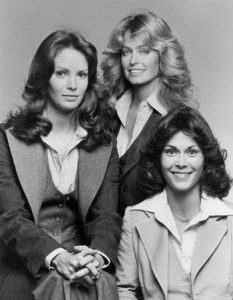
Cast of the television program Charlie's Angels. From left: Jaclyn Smith, Farrah Fawcett, and Kate Jackson in 1976
Her exit caused a media storm and a legal tug-of-war with ABC, but it also marked the start of Farrah's battle to be taken seriously as an actress. After a few guest spots on shows like The Six Million Dollar Man where she appeared opposite her then-husband Lee Majors Farrah shifted her focus to more challenging dramatic roles. That transition culminated in her harrowing performance in The Burning Bed (1984), a made-for-TV film based on the true story of an abused wife who sets her husband on fire. The film earned her an Emmy nomination and signaled to the world that Farrah Fawcett was no longer just a pretty face.
She followed that up with Extremities (1986), a gritty thriller adapted from a stage play she had already proven herself in. Playing a woman who turns the tables on her would-be rapist, Farrah delivered a performance that was emotionally raw and physically intense. It was another bold step away from her glossy beginnings, and critics took note. She went on to star in Small Sacrifices (1989), where she portrayed Diane Downs, a mother who murdered her children earning both an Emmy nomination and widespread acclaim for the chilling, fearless portrayal.
Farrah continued to appear in films and miniseries throughout the 1990s, including Poor Little Rich Girl: The Barbara Hutton Story, The Substitute Wife, and Silk Hope. On the big screen, she showed range in films like Logan’s Run (1976), Sunburn (1979), and The Cannonball Run (1981), where she shared the screen with Burt Reynolds and Roger Moore. She also took on independent roles in later years, such as Dr. T & the Women (2000), directed by Robert Altman, proving she could still command attention in an ensemble cast.
On television, Farrah’s guest appearances were always an event. She appeared on Ally McBeal, Spin City, and Johnny Bravo, often playing exaggerated versions of herself with tongue-in-cheek humor. She also co-produced and starred in The Guardian, and her final major TV project, Farrah’s Story (2009), was a documentary chronicling her real-life battle with cancer. Airing just weeks before her death, it was a brave, unfiltered look at her final chapter narrated in her own voice and seen through her own eyes.
Though she’ll forever be linked to Charlie’s Angels and that legendary red swimsuit poster, Farrah Fawcett’s career was defined not by how she looked, but by how hard she fought to be more. She didn’t just survive Hollywood she confronted it head-on, reshaping her legacy one role at a time.
📸 Farrah Fawcett Red Swimsuit Poster – The Image That Defined an Era
Few images are as instantly recognizable as Farrah Fawcett’s legendary red swimsuit pose a moment that captured the spirit of the 1970s and turned her into a global icon. Now you can own a piece of pop culture history with this Officially Licensed 24 x 36 Inch Art Poster, printed on premium-quality paper and made right here in the USA.
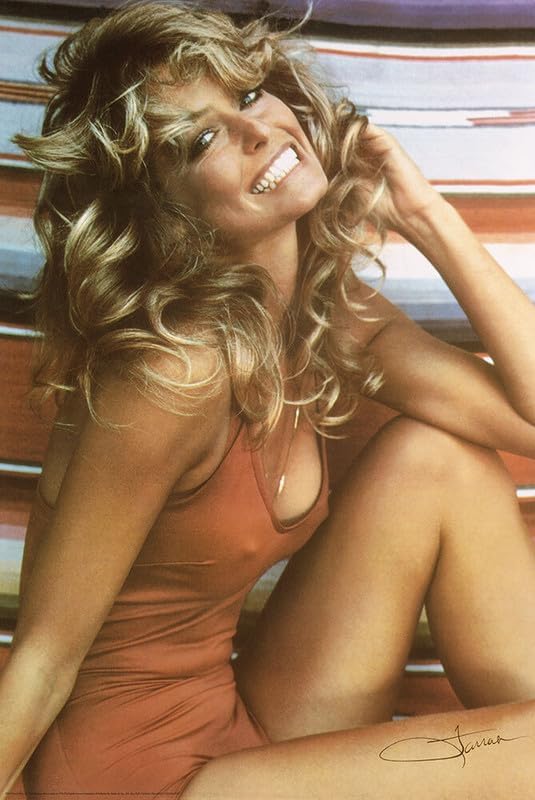
The iconic 1976 red swimsuit poster that launched Farrah Fawcett into pop culture history.
Perfect for bedrooms, offices, dorms, or collectors' walls, this full-size poster preserves every detail of the original Farrah’s dazzling smile, sun-kissed hair, and effortless charm. Whether you're celebrating her legacy or adding nostalgic flair to your décor, this poster is a must-have for fans of vintage Hollywood and classic American beauty.
Highlights:
- Officially licensed artwork from the original 1976 poster shoot
- Optimal 24 x 36 inch size – fits standard frames and display options
- Made in the USA with durable, high-quality poster paper
- Easy to mount with tape, pins, or frame; can be laminated for versatility
- Perfect gift for collectors, fans of classic TV, or retro art enthusiasts
This isn’t just a poster it’s a cultural time capsule. Own the image that defined a generation and continues to inspire admiration around the world.
As a child, Farrah Fawcett briefly considered becoming a nun saying the simple life appealed to her during her Catholic school years.
🕊️ Later Years
As Farrah Fawcett moved into the later chapters of her life, she never stopped surprising the public or challenging expectations. She gradually stepped away from the Hollywood fast lane but remained selective and deliberate about her work. Though offers still came her way, Farrah became more focused on independent projects, artistic expression, and personal fulfillment rather than high-profile fame.
In the 1990s and early 2000s, Farrah turned increasingly to art and photography, even posing for an iconic issue of Playboy in 1995 that became one of the magazine’s best-selling issues of the decade. Far from a publicity stunt, it was a conscious act of self-reinvention and creative control. Around this time, she also took to painting and sculpture, with her work eventually exhibited in galleries a move that showcased a quieter, more introspective side of a woman once viewed solely through the lens of mainstream media.
Farrah Fawcett’s personal life, too, remained in the spotlight. Her longtime, often tumultuous relationship with actor Ryan O’Neal captured headlines over the years. Though they separated for a time, the pair reconciled in her final years. Their bond alongside her devotion to her son, Redmond O’Neal was a source of strength during the health battles that would soon define the last stage of her life.
In 2006, Farrah was diagnosed with anal cancer, a rare and aggressive form of the disease. Rather than retreat from the public eye, she chose to document her fight, co-producing Farrah’s Story (2009), a brutally honest and deeply personal chronicle of her treatment and struggle. The documentary aired just six weeks before her death and reached nearly nine million viewers. It was hailed not just as a bold act of transparency, but as a final, courageous performance from a woman who had always lived on her own terms.
Farrah Fawcett passed away on June 25, 2009, at the age of 62. Her death, though overshadowed in the press by the sudden passing of Michael Jackson on the same day, marked the loss of one of America’s most enduring and misunderstood stars a woman who spent her final years the way she lived her life: fearlessly, fiercely, and full of grace.
🏆 Legacy
Farrah Fawcett’s legacy is one of transformation a journey from sex symbol to serious artist, from glossy icon to quietly fearless woman. Though her poster may have adorned millions of bedroom walls, her most lasting impact came from the risks she took and the walls she broke down. She refused to be typecast, constantly pushing against the shallow roles Hollywood handed her and instead carving out space for substance, pain, and truth.
Her trailblazing performance in The Burning Bed changed the landscape for television movies, proving that a former pin-up could carry serious, socially relevant drama. The role paved the way for other actresses to tackle real-world issues in prime-time formats. Farrah didn’t just play survivors she became one, fighting her way through public scrutiny and industry judgment with equal parts fire and vulnerability.
In the world of pop culture, Farrah Fawcett remains a fixture. Her famous red swimsuit photo is housed in the Smithsonian Institution, a symbol not just of beauty but of the power of a single image to shape a generation. She has been parodied, praised, and studied, but never forgotten. That smile, that hair, that spirit they’ve all become part of the American story.
Perhaps most significantly, Farrah Fawcett’s decision to document her cancer battle with Farrah’s Story redefined how celebrities confront illness in the public eye. She stripped away the makeup, the mystique, and the media filters, allowing viewers to witness her humanity unfiltered. In doing so, she turned her final days into an act of courage, one that ensured her legacy would be measured not just in magazine covers, but in strength, honesty, and enduring grace.
🗣️ Why They Still Matter
Farrah Fawcett’s legacy continues to resonate not just as a pop‑culture sex symbol but as a woman who dared to take control of her own image and craft. Her move from glossy poster girl to Emmy‑nominated actress in The Burning Bed and Small Sacrifices helped open doors for women seeking complex roles in television. Her courageous cancer documentary, Farrah’s Story, further humanized her on her own terms, inspiring conversations about authenticity, illness, and resilience that still echo today.
Further Reading & Resources
📖 Farrah Fawcett Obituary (2009) - New York, NY - Newsday
📰 Farrah Fawcett | Biography, TV Shows, Movies, & Facts
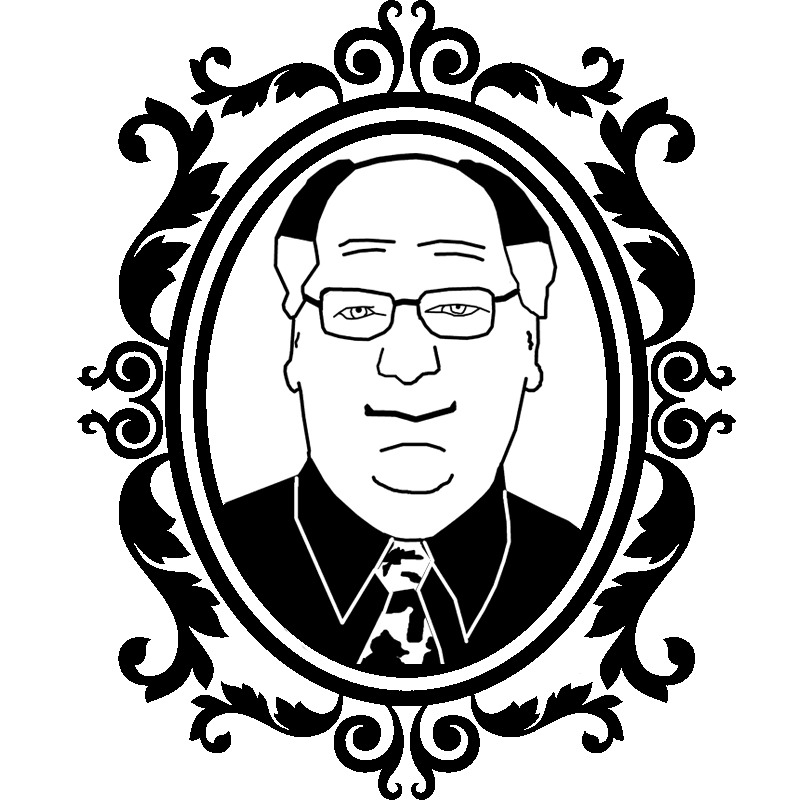
ML Lamp is the owner of Kilroy Was Here. After his 20 years of working in Las Vegas in the entertainment promotions field, Mr. Lamp retired in 2002 from his job to pursue his passion for collectibles. Now as a guest speaker and author he’s living the dream, and sharing his warmth with You.
